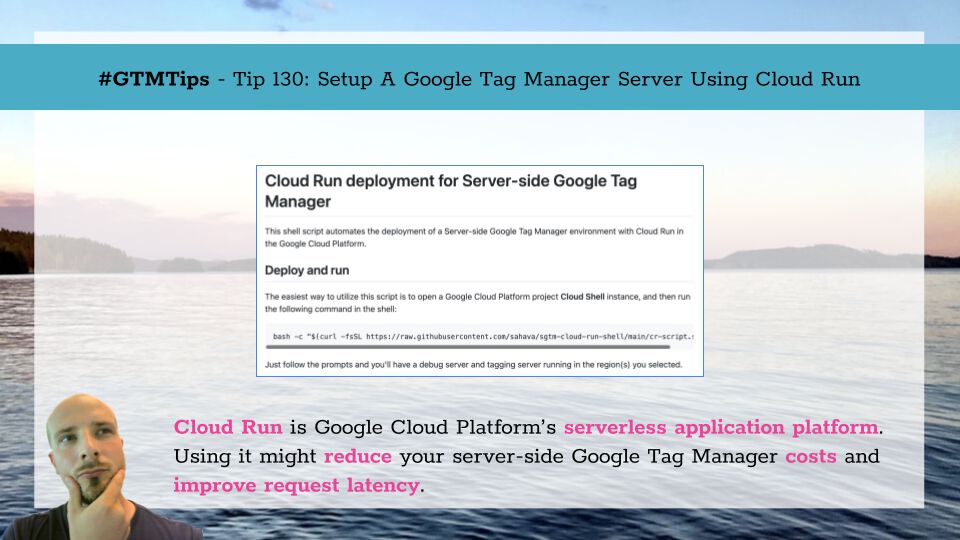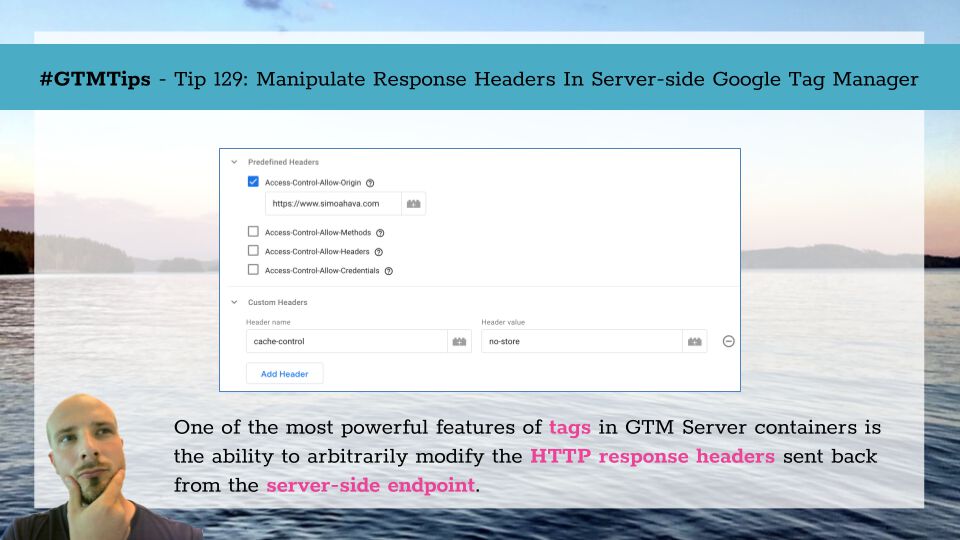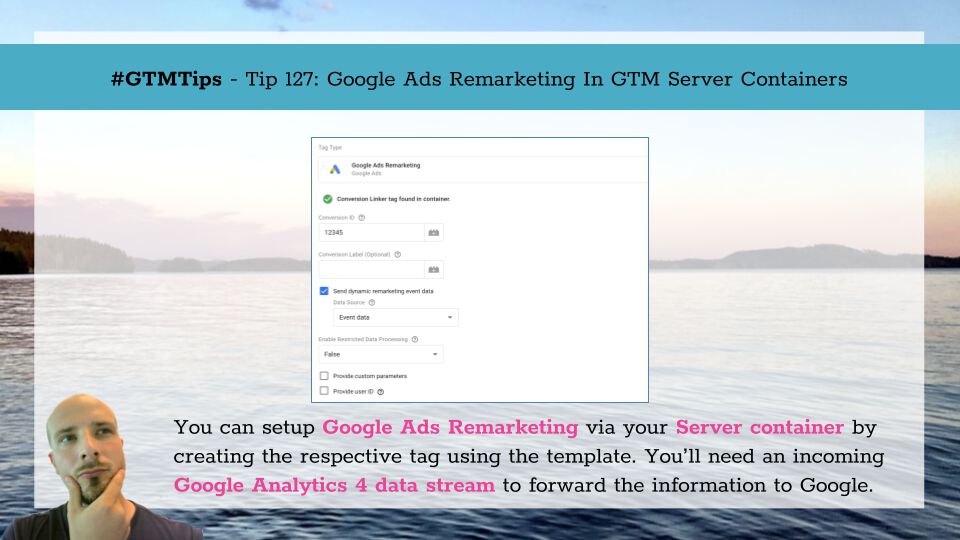While Google App Engine, the default implementation pattern of server-side Google Tag Manager, is straightforward to setup with the automatic provisioning steps, it’s certainly not the only way to deploy the server.
You can set it up in Amazon AWS (this blog) You can set it up in Microsoft Azure (this blog) You can set it up with Cloud Run (Mark Edmondson’s blog) In fact, the manual setup guide gives you the details on how to deploy a Google Tag Manager Server in any environment that runs Docker.






